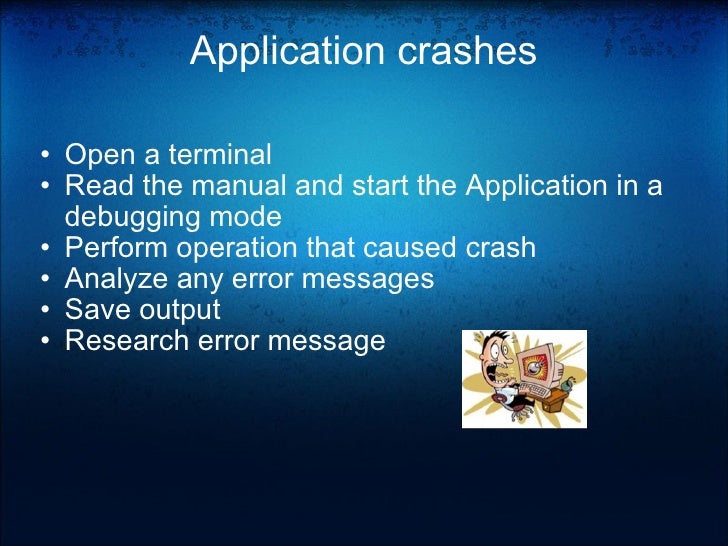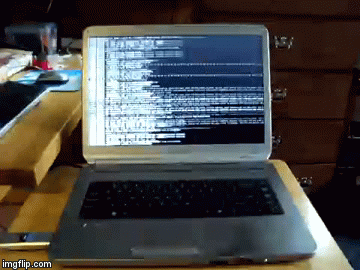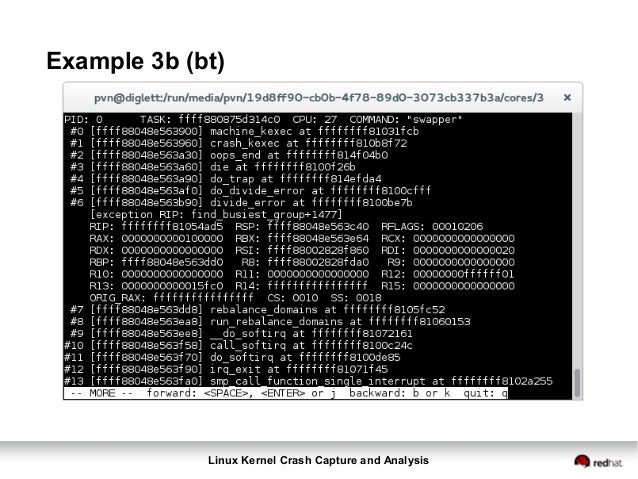


A bunch of tools out there do this, including GD and GraphicsMagick, but ImageMagick strikes a good balance between power and availability in hosting environments. This is where automated image resizing comes in handy. But what about a large website with a lot of images? An online store, for example, might have hundreds or thousands of image assets, and having to create different sizes of each of these is an enormous task. Responsive images to the rescue! Right? Well, yes, but first we have to generate our responsive image assets, and we have to make sure those assets look good and have a small enough footprint to improve the website’s performance.įor a very small website, saving a few different sizes of each image directly in our image editor is trivial - Photoshop even provides a handy “Save for Web” option that keeps file sizes low. (Image: HTTP Archive) ( View large version) The average web page is 2,099 KB, 1,310 KB of which comes from images. Improving web performance and giving a better experience to our users is our job as developers and designers. Even on a fast connection, a 2 MB website can wreak havoc on your users’ data plans and cost them real money. At the same time, millions of people are accessing the Internet on 3G-or-worse connections that make a 2 MB website a horror show to use. It reads the camera tags to automatically rotate your images in the correct portrait or landscape orientation.The average web page is about 2 MB in size, and about two thirds of that weight is from images.

The Eye of GNOME also allows to view the images in a fullscreen slideshow mode or set an image as the desktop wallpaper. It integrates with the GTK+ look and feel of GNOME, and supports many image formats for viewing single images or images in a collection.

The Eye of GNOME is the official image viewer for the GNOME desktop. Some image viewers also allow you do simple edits of an image, and will also show you some added details of your pictures (like metadata, and color histograms). Typically, an image viewer does one thing - shows you the images in a directory (sometimes in a thumbnail view), and lets you quickly flip through them. This article covers 17 image viewers in Fedora. Is the default image viewer in your desktop environment just not working the way you want? need more features (or maybe something simpler) from an image viewer? Well, you are in luck, as there is no shortage of choices when looking at alternative image viewers in Fedora. This article has been checked and updated in January 2020 for correctness.


 0 kommentar(er)
0 kommentar(er)
